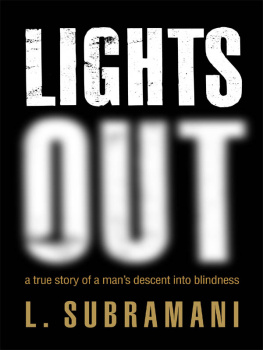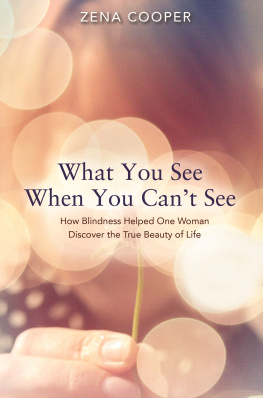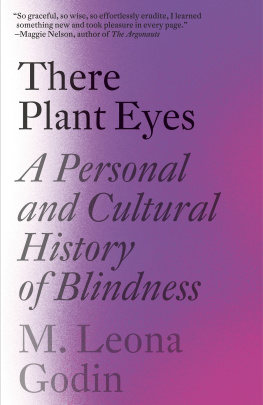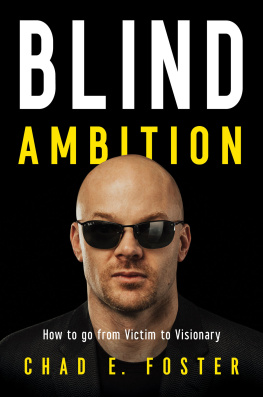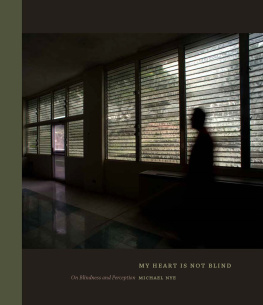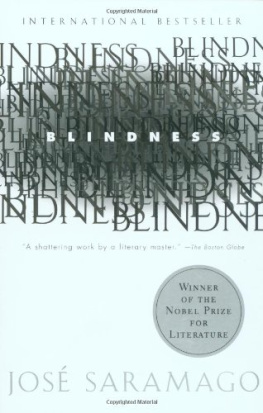

L. SUBRAMANI

Published by Random House India in 2014
Copyright L. Subramani 2014
Illustrations by Anukriti Sharma
Random House Publishers India Private Limited
Windsor IT Park, 7th Floor, Tower-B
A-1, Sector-125, Noida-201301, UP
Random House Group Limited
20 Vauxhall Bridge Road
London SW1V 2SA
United Kingdom
This eBook is copyright material and must not be copied, reproduced, transferred, distributed, leased, licensed or publicly performed or used in any way except as specifically permitted in writing by the publishers, as allowed under the terms and conditions under which it was purchased or as strictly permitted by applicable copyright law. Any unauthorised distribution or use of this text may be a direct infringement of the authors and publishers rights and those responsible may be liable in law accordingly.
EPUB ISBN 9788184005431
To my spiritual gurus who have helped me sail over several storms and strengthened me with their inspirational words and deeds.
To the parents of millions of patients with Retintitis Pigmentosa who go through the heart-wrenching experience of watching their children go blind, like my own parents: Mrs Vijayalakshmi and Lakshmi Narayanan.
To all my mates at the English Literature course who will always remain my loving friends.
To all the teachers and priests at Loyola College, Chennai. The institution is an intellectual powerhouse and spiritual aboard for all its students.
Let us hope that this tale of darkness provides solace to many who fight a losing battle with blindness.
Contents
Authors Note
That which does not kill us makes us stronger
Friedrich Nietzsche
T he idea of writing a book about my condition occurred while I was working with a network of fellow patients. As a part of an activity at the voluntary group, we took calls of people affected with retinal disorders and answered their queries on rehabilitation, training, and, most importantly, cure. While we found it easy to direct the patients to NGOs that offered services like mobility, computer training, and educational skills development, answering queries about rehabilitation and cure always made us uneasy. The fact is there is no cure for most of the retinal disorders that make a person progressively blind over a period of time. Sadly, most people think that finding a cure alone can solve their problems.
As fellow patients, our primary job is to let people know that they, like most of us in the network, can lead a perfectly normal life without letting their diminishing vision affect their confidence and self-esteem. But a major part of the problem is their way of living and society that puts them in the confines of limitations. Their lifestyle does not let them get out of their comfort zones or challenge themselves. Most people are unaware that technology can solve most of the problems faced by patients experiencing progressive vision loss. Unfortunately, there is lack of awareness and reassurance that there is life after blindness and that, in fact, there is a way for patients to fashion themselves as inspiring role models rather than become victims of an incurable condition. While working with the network, I realized that awareness is the only way to change the situation and so I wanted to solve it in the only way I know: write. I wanted to write a book instead of an article because I wanted to create a platform to speak about the disorder that has specifically affected me and a million others in India.
I also realized in the process that retinal disorders do not just affect a small segment of the population. From a global perspective it might sound alarming, but India has millions of patients suffering from retinal disorders. In fact the condition I suffer from is just one of the many categories of retinal disorders. Imagine the impact of dealing with so many patients without any awareness about the condition. There is a high possibility that a person affected by such a problem could go blind either slowly, over several years or in a matter of months. In India, we dont really know how to accommodate children with retinal disorders in our schools and what to do if someone were afflicted with it. It is alright to boast about our human capital and demographic dividend, but we can only let that advantage slip if we are not prepared to handle a large number of people with genetically pre-disposed conditions (affecting many organs including the retina), as a result of intra-family marriages and consanguinity (blood relationship), which is so common in our country.
This book is meant to describe the physical, mental, and psychological condition of a person experiencing progressive blindness and the way it affects his family. Along with these issues, the book is about having strength in the face of adversity. It tells you that dreams can survive even in potentially nightmarish situations and love is the only way to heal emotional wounds. It talks not only about a specific retinal disorder, but also how vital it is to help a person who cannot lead a normal life or pursue his education or job because of certain significant limitations. My purpose of writing this book will be served if it conveys to the reader that every person with vision disorder is essentially facing similar problems like others. For a disabled person, the possibility of living a normal life is not something that should be looked at in isolation. In fact, his success depends a great deal on how accommodative the society is and how his environment aids in the pursuit of his dreams.
Also, I have utmost regard for alternative medicinal system, but in the context of an incurable condition, which I am describing in the book, there is no specific scientific validation to back up claims that they can provide a cure. So unless science gives us an indication that alternative therapies do make a difference, it is not proper to delude patients into believing that they can actually work. Needless to mention, I think it is a drain on the precious little resources that patients and families have for their survival. Also, as a pious man myself, the attempt to describe rituals is to highlight that while they can be a great source of inner strength that can help reconcile with any situation, it is inappropriate to take them as a means to finding a cure. Similarly spiritual quests must lead us to true teachers and gurus and not those who promise non-existent cures for the sake of money.
In this book, I have changed some of the names of people close to me to protect their identity and largely to keep the focus on the overall story. Chronological orders of certain events have been changed to make the narrative smoother, but the time period and the incidents described are all real.
L. Subramani
ONE
A Trip to the Doctor
M adras on an August morningthere is nothing quite so energetic. And there is no city quite so resistant to that inhumanity typical of urban life. It is August 1988. I have turned 15 just a few weeks ago.

